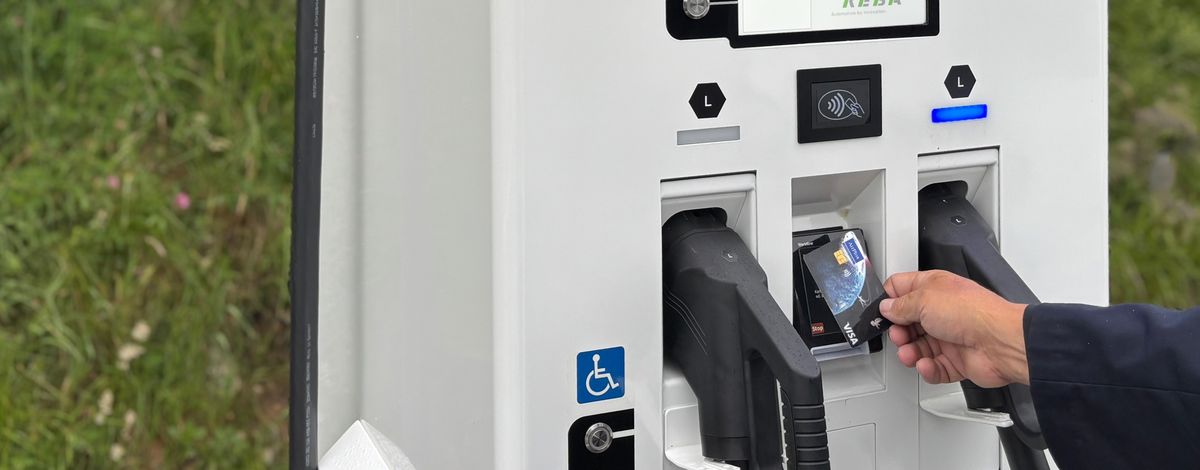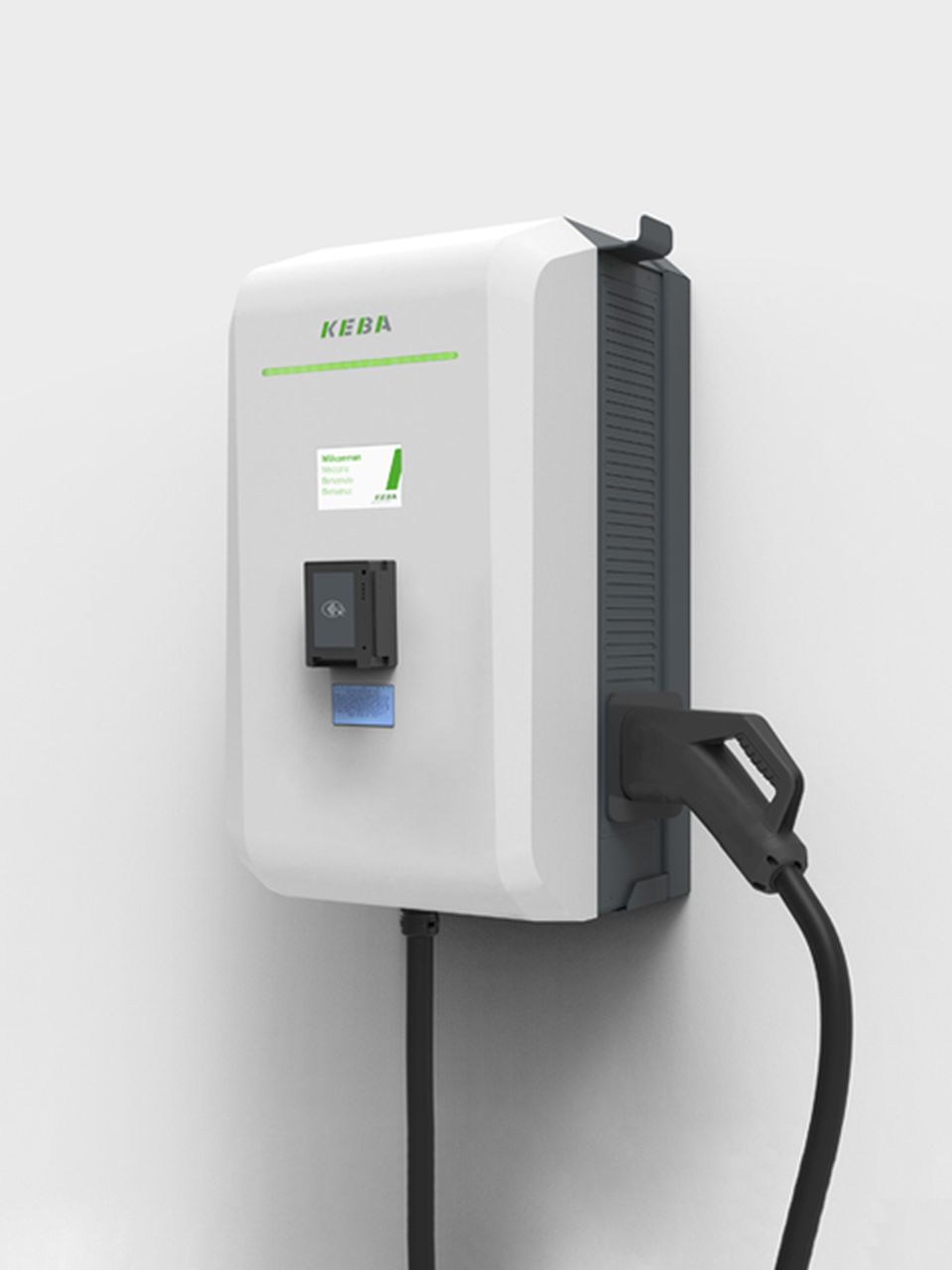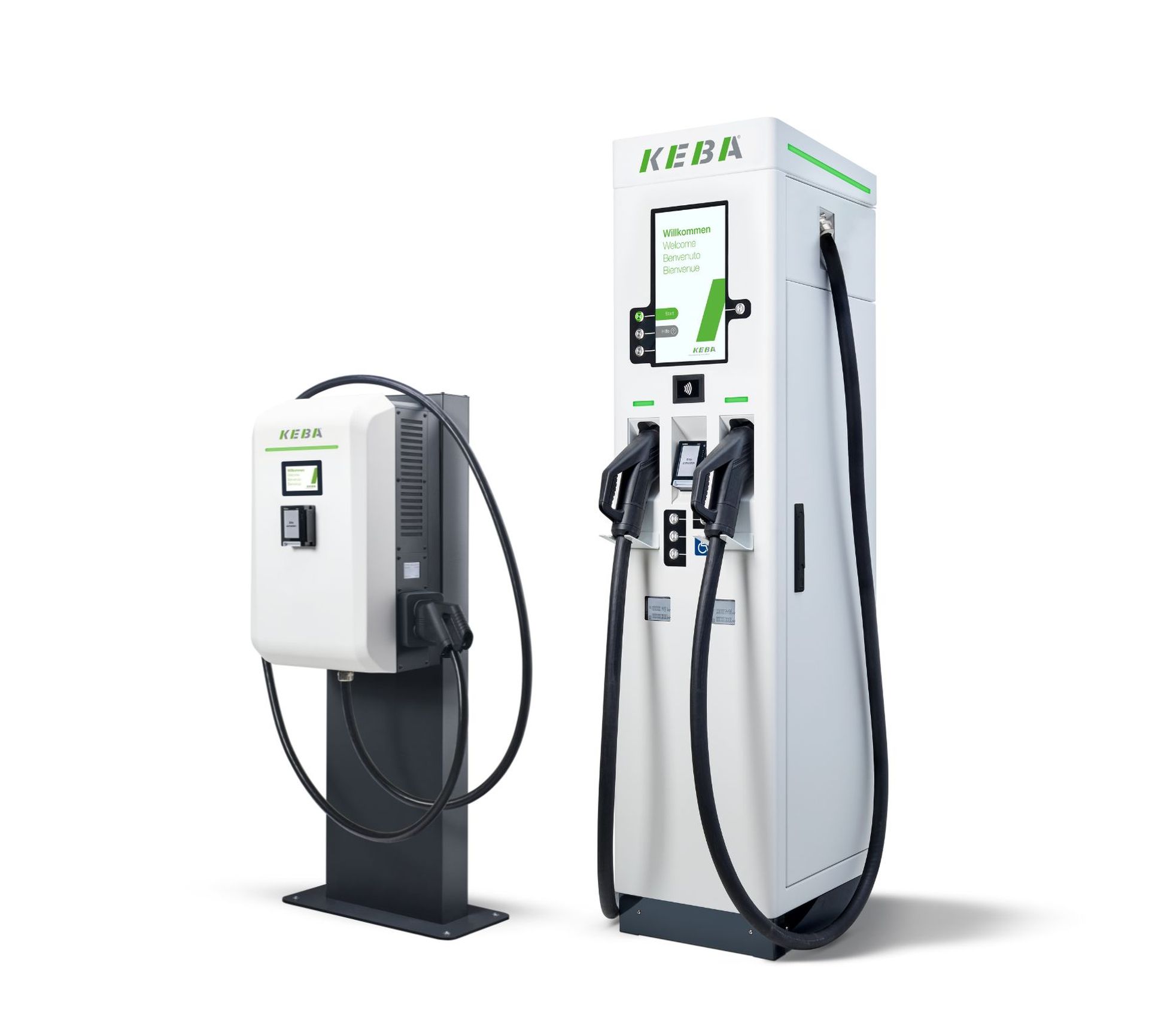AFIR: Accessible payment at charging stations
- Knowledge
- Private
- Charging
- 18.8.2025
- Reading Time: {{readingTime}} min

Contents
AFIR: At its core, a regulation for the expansion of a Europe-wide charging network
AFIR stands for ‘Alternative Fuels Infrastructure Regulation’, but it does not refer only to ‘Fuels’, i.e. propellants or fuels. The objectives set out in the paper primarily address battery electric vehicles: the focus is on the density and performance of charging infrastructure along the main European transport routes.
By the end of 2030: Dense network of fast charging points for cars and trucks
By December 31, 2030, fast charging points for cars and light commercial vehicles with a capacity of at least 150 kW are to be gradually available every 60 km along the routes of this Trans-European Transport Network (TEN-T). For trucks, the regulation also provides for step-by-step coverage of the entire TEN-T road network by the end of 2030. However, every 100 km in each direction, charging parks with at least 1.5 GW and individual charging points with at least 350 kW are to be available.
Therefore, when organizing one’s own logistics fleet, it is particularly important to deploy vehicles according to demand. If the weight of the transported goods plays only a minor role, but a large volume is relevant (e.g. in parcel delivery), large electric vehicles with bigger batteries (if required by the length of the routes) can be used. For higher transport weights beyond one ton (e.g. palletized goods or in so-called two-man handling with bulky and heavy goods), good route planning with the shortest possible distances (allowing for a smaller battery) or short charging stops at DC chargers during the day is necessary.
Key requirements: fair and transparent prices
The expansion of the charging network with more and higher-performance charging stations is undoubtedly essential for the widespread transition from combustion engines to battery-powered electric drives. However, many people who already use electric cars or electric trucks today do not see the density of charging stations, especially on long-distance routes, as the most pressing problem, but rather the high electricity prices, the lack of price transparency, and the non-standardized payment process. These are precisely the issues addressed by the AFIR regulation. It demands “reasonable” charging prices through “adequate profit margins,” as well as “mandatory roaming capability” similar to the mobile communications sector. This is intended to allow mobility service providers to purchase and resell electricity at fair prices even outside their own charging networks. In addition, AFIR obliges member states to actively monitor the charging market, especially when certain business practices prevent competition. After all, lack of competition always leads to excessive prices at charging stations.
"The prices charged by operators of publicly accessible charging points must be reasonable, simple and clearly comparable, transparent and non-discriminatory. Operators of publicly accessible charging points may not discriminate between end users and mobility service providers or between different mobility service providers through the prices charged. However, a differentiation of the price level may take place, but only if the differentiation is proportionate and objectively justified."
Article 5, Paragraph 3 AFIR
Moreover, energy prices – simply put – should not come as a surprise only at the time of payment. Ideally, it must already be clear before approaching a charging station what price per kilowatt hour is being charged there. This also tends to lead to lower charging rates.
The central innovation - this means AFIR-compliant payment
It is different when it comes to payment: Here, AFIR specifically stipulates that, since the regulation came into force on April 13, 2024, newly installed public charging stations with a charging capacity of 50 kW per charging point must accept card payments. This does not refer to the charging cards of special electricity providers, which are unpopular with many EV users, but rather to common debit and credit cards as well as their digital variants on smartphones (e.g. Apple Pay or Google Pay). As of January 1, 2027, older charging points must also be retrofitted for this simple and conventional payment method.
"The users of [...] vehicles should be able to charge occasionally at all publicly accessible charging points […] and be able to pay easily and conveniently without having to conclude a contract with their operator or a mobility service provider. Therefore, all publicly accessible charging points […] should accept payment instruments that are widely used in the Union, in particular electronic payments via terminals and devices used for payment services. With regard to infrastructure built before the entry into force of this Regulation, the application of these requirements should be deferred. This ad-hoc payment method should always be available to consumers, even if contract-based payments are possible at the charging point […]."
Article 5, Paragraph 36 AFIR
That means: By 2027 at the latest, ad-hoc payment at public fast charging stations should be available nationwide thanks to AFIR. Standing at a fast charging station that does not provide charging power without a special app, charging card, or even a subscription with fees will then finally be a thing of the past.
For charging points with less than 50 kW output – i.e. for all AC charging options – AFIR requires a web-based payment option. In most cases, a QR code is used that leads to a payment page where, for example, credit card details can then be entered. KEBA offers, for mixed charging infrastructure – that is, a combination of AC wallboxes and DC fast chargers – the option to pay for AC charging via the display of a connected fast charging station. This means that wallboxes in underground garages or parking structures can also be activated quickly, easily, and independently of an internet connection, without the detour of a payment page.

Pay
like at the
supermarket checkout
AFIR-compliant: With the KeContact DCW15, KEBA offers a DC wallbox with 40 kW output, where payment can be made easily with a debit or credit card – ideal for shopping centers, parking garages, or restaurants.
Further contents of the AFIR regulation: Accessibility
Payment restricted to special charging cards, apps, or proprietary payment pages can be seen as the greatest barrier so far for a large part of e-mobility users when using public charging infrastructure. Another important point that AFIR addresses is overall usability. The regulation emphasizes that a charging process must be possible regardless of body size, age, physical strength, or any kind of physical limitation. This refers, for example, to the height of the control display or sufficient space around the parking spot, e.g. for wheelchair users. In other words, the entire charging process should be designed to be user-friendly.
"End users should have access to and be able to use publicly accessible charging stations regardless of the brand of their vehicle, and in a user-friendly and non-discriminatory manner."
Article 5, Paragraph 37 AFIR








